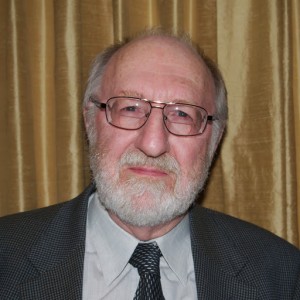|
|||
 |
The Quaternary History and Groundwater Quality of San Diego’s Mission Valley AquiferRichard Jackson Principal Wednesday, February 12th, 2014 |
||
|
Prior to World War II, the City of San Diego, California extracted millions of gallons of high quality groundwater daily from alluvial gravels in the lower San Diego River Valley. The origin of this groundwater quality and of the Quaternary sedimentary geology of the Valley is interpreted through archived reports, journal articles, core logging and USGS data. As Abbott (The Rise and Fall of San Diego, 1999) has pointed out, Eocene sediments were invaded by a marine incursion during the last interglacial period (~125,000 ka) when sea levels were ~6 m higher than present levels. Relict sea water is still present in these sediments as brackish water. A USGS multi-depth monitoring well in the Valley records this brackish water (Total Dissolved Solids, TDS ~ 2000 mg/L) at the contact of the Quaternary and Eocene sediments. Numerous water-supply wells sampled in the 1950s, i.e., prior to urbanization of the Valley, indicate TDS concentrations varying from 700 to 3500 mg/L. We hypothesize that the City’s pre-World War II wellfield – referred to herein as the Mission Valley Aquifer (MVA) – was a buried channel gravel created during the Last Glacial Maximum (LGM) of the Pleistocene epoch (~20,000 ka). As such, it would have been similar to other long (~10 km) buried channel gravels along the southern Californian coast described by the engineering geologist Roy Shlemon in 1979. The City plans to begin re-using the MVA following the completion of its remediation from contamination by ~200,000 gallons of gasoline in 1987-1992. Richard Jackson, Ph.D., P.Eng., Geofirma Engineering Ltd., Heidelberg, ON, Canada Dick Jackson is a registered Professional Engineer in both Ontario and British Columbia and has worked as a hydrogeologist since the early 1970s. In 1986, he became Chief of the Ground-Water Contamination Project at the National Water Research Institute. He joined INTERA in 1989 and his group modified petroleum-engineering methods and applied them to the characterization and remediation of NAPLs. He is now a Principal with Geofirma Engineering Ltd. of Ottawa, Ontario, and was the task leader for geochemistry with the project to characterize sedimentary rocks beneath the Bruce Nuclear site for the Deep Geological Repository. |
|||

